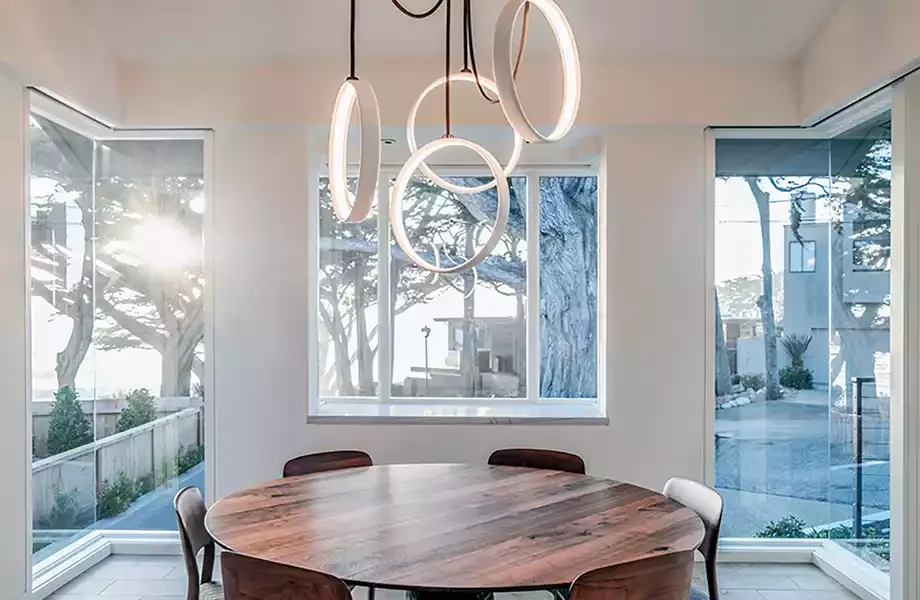Color matching across LED installations remains one of the most challenging aspects of commercial lighting design. Understanding SDCM (Standard Deviation of Color Matching) values is crucial for architects specifying large-scale projects.
SDCM fundamentals drive visual coherence. The MacAdam ellipse defines perceptible color differences in LED binning. While 3 SDCM represents tight color consistency, many manufacturers ship at 5-7 SDCM to reduce costs. In architectural applications with multiple luminaires, this variation becomes visually apparent across installations.
Thermal drift compounds initial binning variations. LED chips shift color temperature as junction temperatures rise. A 4000K fixture may drift toward 3800K under thermal stress, creating noticeable color differences between ambient and task lighting zones. Proper thermal management maintains color consistency throughout the fixture’s operational life.
Phosphor quality determines long-term stability. High-CRI LEDs using complex phosphor combinations are more susceptible to color shift over time. L70 ratings measure lumen maintenance, but chromaticity maintenance (u’v’ coordinates) requires separate evaluation. ATNEXT tests both parameters through accelerated aging protocols.
Control system integration affects perceived consistency. Dimming curves that maintain color temperature across output levels require careful driver design. Many LED systems exhibit color temperature drift at low dimming levels, compromising the architectural intent in dynamic lighting scenarios.
Specification strategy: Document both initial SDCM requirements and chromaticity maintenance over fixture lifetime. Include thermal testing conditions and dimming behavior in technical submittals.
Consistent color isn’t accidental—it’s engineered.
